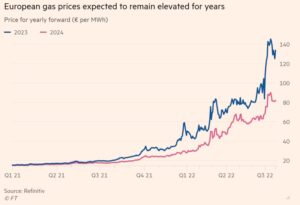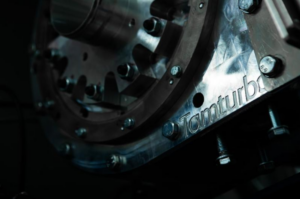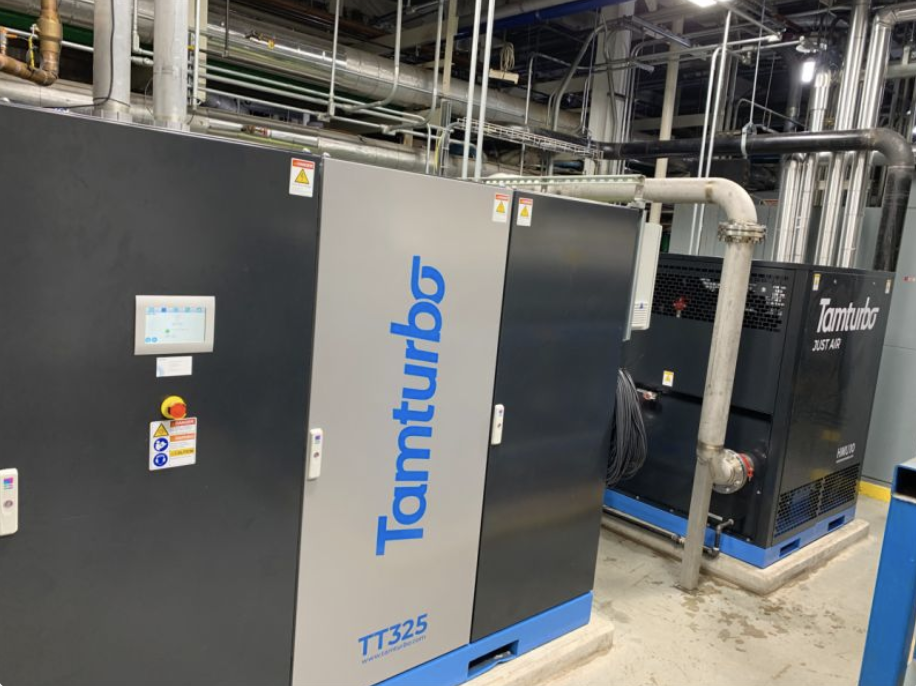The True Cost of Air Compressors
When considering the total cost of owning an industrial air compressor, the most substantial expenses often remain hidden. Typically, these costs are categorized into three primary components: energy expenses, maintenance and service costs, and the initial purchase price of the system. Remarkably, energy expenses can account for 75 to 80% of the total cost over a compressor’s lifetime, while equipment purchase and maintenance costs hold comparatively smaller shares.
The life cycle of large air compressors, particularly those with 150 kW (200 hp) and higher, is generally between 15 to 20 years. Yet, return on investment (ROI) assessments are usually calculated over just 2 to 5 years, overlooking the long-term implications of energy and maintenance costs. As a compressor ages, operational costs can escalate significantly beyond the initial few years, especially for traditional oil-free compressors.
Impact of Geopolitical Events on Energy Costs
Recent geopolitical events have exacerbated energy prices, affecting both electricity and natural gas. In Europe, particularly Germany, electricity costs surged by nearly 500% in 2022. North America experienced a more modest increase of around 7.5%, yet this increase is substantial for a region accustomed to low inflation rates. These rising energy costs heavily influence the operational budgets for compressors, reinforcing the need for energy efficiency in procurement decisions. Additionally the increase of cost of CO2 that many manufacturers are facing is making emissions more costly than ever.

The Importance of Compressor Efficiency
Efficiency is crucial in air compression, impacting both energy consumption and operational cost. Traditionally, compressor performance is showcased in manufacturer data sheets at “zero-hour,” or the initial operating state, which does not reflect long-term efficiency. Over time, traditional “oil-free” compressors experience declining efficiency due to wear of the air ends.
The Lifecycle Costs of Traditional Compressors
Oil-free air compressors have been favored in industries where oil contamination is a concern. However, they often require periodic refurbishments between five to eight years of operation, which can amount to around 80% of the initial compressor cost. This necessity highlights the importance of considering Total Cost of Ownership (TCO) when selecting air compressors.
The Advantages of Tamturbo® Technology
In contrast, Tamturbo compressors present a revolutionary solution. Utilizing magnetic levitation through active magnetic bearings, Tamturbo compressors maintain efficiency throughout their lifespan.
Key features include:
- High-Efficiency Motors: Advanced Permanent Magnet Synchronous Motors (PMSM) provide optimal energy savings.
- Magnetic Bearings: Active Magnetic Bearings (AMB) eliminate friction, enhancing efficiency and reducing wear over time.
- Variable Speed Drive: This system adapts to changing air demands, ensuring efficiency over variable usage.
- Frictionless Surfaces: The absence of oil-based lubrication reduces risk of contamination and maintenance needs

Energy Recovery Potential
Air compression generates a significant amount of heat; traditionally, up to 94% of the energy input may become waste heat. Tamturbo technology allows for the recovery of up to 90% of this thermal energy. This recovered heat can be repurposed for various applications, such as process heating or facility climate control, offering substantial energy savings and reducing reliance on other energy sources.
Conclusion: Future Outlook on Energy Efficiency
As energy costs continue to rise, investing in efficient technologies like Tamturbo compressors becomes increasingly viable. Though the initial investment might be slightly higher, the long-term savings resulting from lower energy costs and reduced emissions present a compelling argument for making the switch, paying back usually within weeks. The benefits of enhanced efficiency and sustainability underscored by Tamturbo technology promise to reshape the landscape of industrial air compression.

